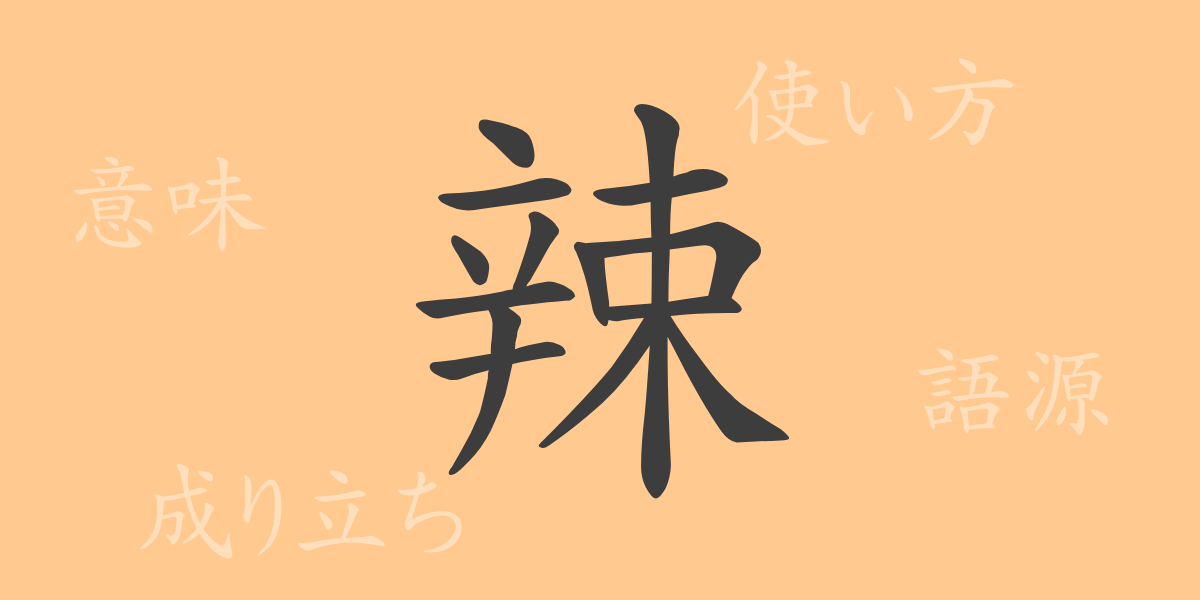Kanji, known for their rich shapes and meanings, include many characters that may seem unfamiliar at first glance. One such character, 辣 (ratsu), which also appears in Japan’s list of commonly used kanji, might not be well-known to many. However, this kanji has been used since ancient times and carries a unique history and meaning. In this article, we will delve into the world of 辣 (ratsu), exploring its origins and modern usage.
Origins of 辣 (ratsu)
辣 (ratsu) is a kanji that originated from ancient China. Its structure combines 辛 (shin), representing a spicy taste, with 力 (riki), symbolizing strength and intensity. This combination gives rise to the meaning “strong spiciness,” and the character is used in various contexts.
Meaning and Usage of 辣 (ratsu)
辣 (ratsu) carries meanings such as “intense,” “severe,” and “sharp.” It is often used to describe harsh criticism or biting satire. Additionally, it is used in expressions related to spicy or stimulating flavors in cuisine.
Reading, Stroke Count, and Radical of 辣 (ratsu)
Understanding the readings and components of 辣 (ratsu) is essential for deepening your knowledge of kanji.
- Reading: The on’yomi (音読み) reading is “ratsu,” and it does not have a specific kun’yomi (訓読み) reading.
- Stroke Count: The character has a total of 14 strokes.
- Radical: The radical is 辛 (shin).
Idioms, Proverbs, and Phrases Using 辣 (ratsu)
In Japanese, idioms and phrases that include 辣 (ratsu) often utilize its intense imagery. For example, 辛辣 (shinratsu) means “severe” or “biting,” and 辣腕 (ratsu-wan) signifies “having strong capabilities,” commonly used in business contexts. Another example is 辣酷 (rakkoku), meaning “extremely severe” or “ruthless.”
Conclusion on 辣 (ratsu)
The kanji 辣 (ratsu) we explored today may not be frequently used, but its depth and intensity in meaning are distinctive. By being used in various idioms and expressions, it broadens the scope of Japanese language expression. Understanding the meaning embedded in each character can be a step towards appreciating the profoundness of language.

























